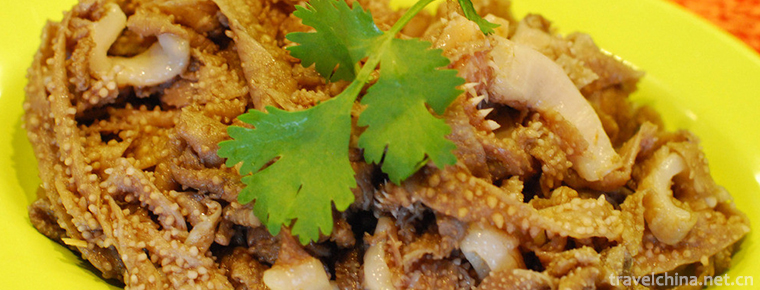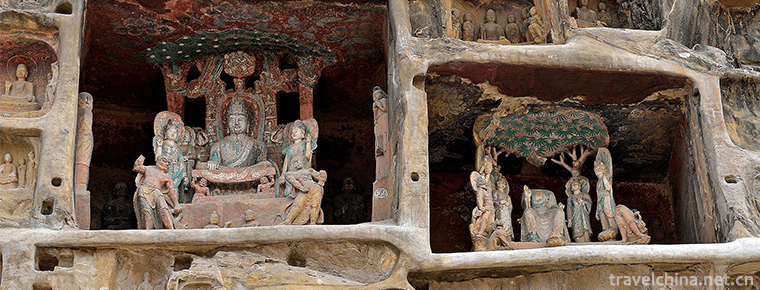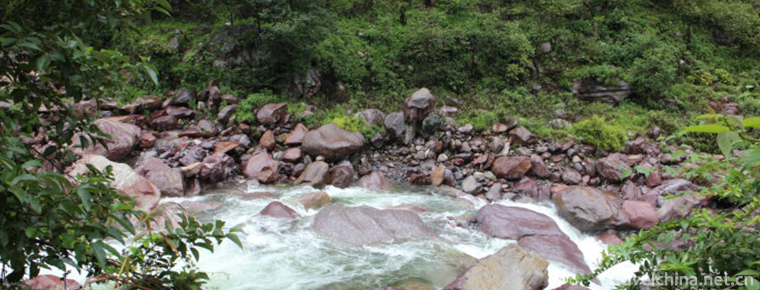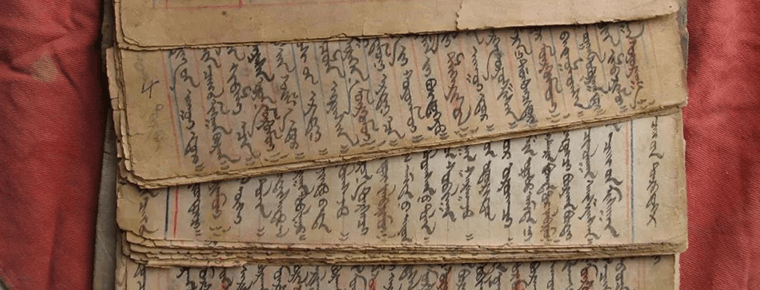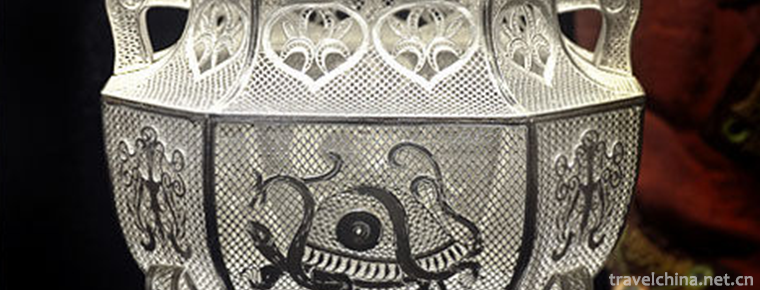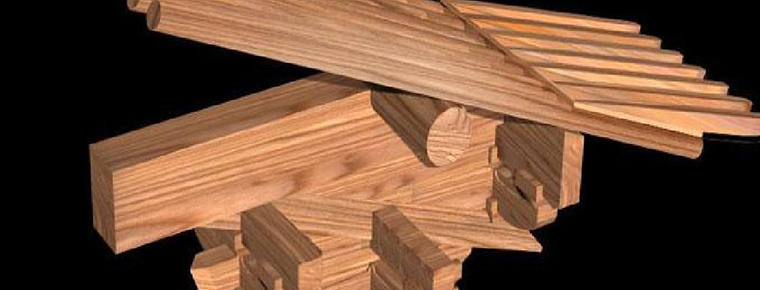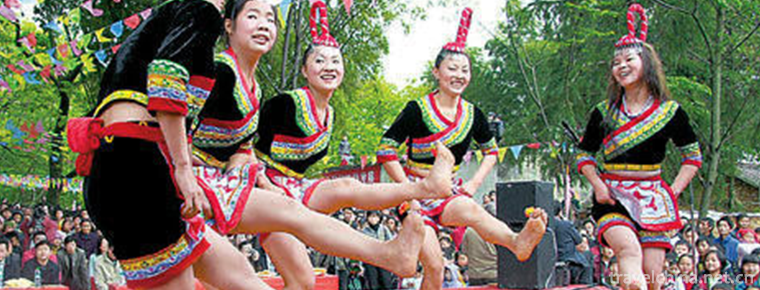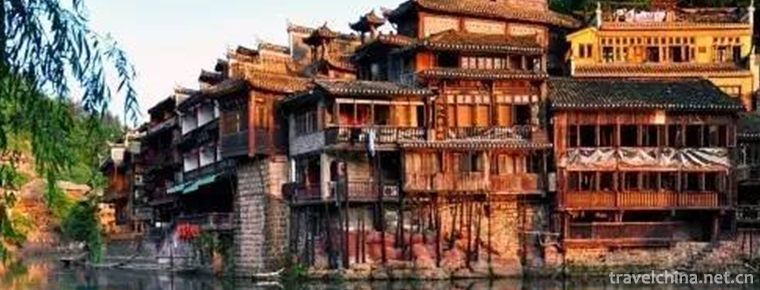Lijiang Heilongtan Scenic Area
Heilongtan (also known as Yuquan Park) was built in the second year of Qianlong (1737). It was restored in the sixty years of Qianlong and the eighteenth year of Guangxu. The old Yuquan Dragon King Temple was named after the emperors of Jiaqing and Guangxu dynasties in Qing Dynasty, and later changed to Black Dragon Pool.
Located at the foot of Xiangshan Mountain in the north of the city, along the longitude and latitude of the Yuhe River, the Sifang Street in the ancient city of Lijiang runs upstream. About one kilometer along the river, there is a crystal clear spring pool, which is known as the Heilongtan both at home and abroad.
Ancient buildings include the Dragon Temple, the Deyue Tower, the Lock Cui Bridge, the Jade Emperor Pavilion, the former Ming Dynasty Zhishan Fuguo Temple Jielin Gate Tower, the Wufeng Tower, the Ming Dynasty Guangbi Tower and the Qing Dynasty Yingjie Xie, Yiwen Pavilion, Civilization Square, etc.
Survey of scenic spots
Located at the foot of Xiangshan Mountain in the north of Lijiang, Yunnan, Heilongtan, also known as Yuquan Park, is located at 2500 meters above sea level. It runs up the Yuhe River along the longitude and latitude of Sifang Street in the ancient city of Lijiang. About one kilometer along it, there is a crystal clear spring pool, which is known as Heilongtan both at home and abroad. The pool water gushed out from the cracks in the rocks, and the clear springs of Dendrobium collected into 40,000 square meters of pool surface. The mountains and rivers are beautiful and the willows are dark and bright. Ancient buildings with beautiful shapes near mountains and rivers adorn them. Its flowing charm and colour often attract people to stop and linger.
Main attractions
Yuquan Dragon Temple was built in the second year of Qianlong (1737), the seventeenth year of Jiaqing (1812) and the fifteenth year of Guangxu (1889). Yuquan was twice named "Dragon God" by the emperor, making it a famous spring in China. The Wufeng Tower, also known as Fayun Pavilion, was built in 1601 in Wanli, Ming Dynasty. It was originally built in Fuguo Temple in Baishazhishan, and moved to Heilongtan in 1979.
Lijiang Museum is located at the north end of Heilongtan, also known as Dongba Cultural Museum. The Museum has more than 12,000 precious cultural relics such as unearthed cultural relics, paintings and calligraphy of past dynasties, revolutionary cultural relics, Dongba scriptures and religious articles, of which 52 are state-level cultural relics. The Museum has exhibition halls such as Cultural Museum, Rare Goods Museum, Dongba Culture and National Customs Photography.
Historical roots
Black Dragon Pool, commonly known as Dragon King Temple, is located at the foot of Xiangshan Mountain at the northern end of Lijiang ancient city. The ancient buildings in Heilongtan are Dragon Temple, Deyue Tower, Lock Cui Bridge, Yuhuang Pavilion and the original Zhishan Fuguo Temple, Jiefang Linmen Tower and Wufeng Tower in Ming Dynasty, which were relocated here later. The Guangbi Tower in Ming Dynasty, which was originally known as the government office, and the buildings such as Yingxie, Yiwenting Pavilion and Civilization Square in Qing Dynasty, are scattered along with the situation.
Wufeng Tower, also known as Fayun Pavilion, was originally built in Zhishan Fuguo Temple and moved to Heilongtan in 1979. Founded in the Ming Dynasty, the Fukuo Temple was originally a villa and a family temple of a wood chieftain. The Chieftain of Civil Engineering met Xu Xiake, a famous Traveler and geographer of the Ming Dynasty, in the temple.
Dragon Temple is the main building of Heilongtan, including stage and Moon Tower. It is distributed on a set of elegant, harmonious and changeable main axes. The ancestral hall is situated in the East and West dynasties. It is a four-in-five courtyard with a gate, two compartments and a hall. On the South side, there is a abbot, and it has its own courtyard. The main hall is on the top of the single eaves and hills, with a wide surface and three deep rooms. There is a platform in front of it. It is used for vertical stamping, and the corridors and corridors around it are connected with each other. The halls and gates are tall and abrupt, full of temple and hall flavor. The four-character list of "sky, light, cloud and shadow" hangs high in the doorway.
Heilongtan was first built in the second year of Qianlong (1737), after which it was restored in the sixty years of Qianlong and the eighteenth year of Guangxu. The old Yuquan Dragon King Temple was named after the emperors of Jiaqing and Guangxu dynasties who sealed the "Dragon God" and later renamed Heilongtan. "Spring ripples, when is the most human? We should appreciate the moon to the heart of heaven and the wind to the surface of the water; the pavilion is marked and standing, looking at the infinite depth, we should remember the cloud flying paintings, rain roll beads curtain." With its natural beauty, Heilongtan ranks among the Chinese Famous Springs and Chinese Scenic Spots.
The image of Longtan Yingxue, which is composed of the reflection of snow mountain in Wukongqiao, Deyuelou, Xueshan and Heilongtan, has already become the classic postcard of Lijiang and one of the most photographed scenes in Lijiang. At first glance, people who have not been to Lijiang may think that the Yulong Snow Mountain in the distance is a part of Heilongtan. After continuous expansion, Heilongtan has become the name of landscape garden with poetic and picturesque flavor.
In the second year of Qianlong reign of the Qing Dynasty (1737 AD), Yuquan Dragon Temple was built. In the seventeenth year of Jiaqing reign (1812 AD) and the fifteenth year of Guangxu reign (1889 AD), Yuquan was twice named "Dragon God" by the Qing emperor, which made Heilongtan a famous spring in China and made it famous all over the world. Later, they moved into the ancient buildings of Ming and Qing Dynasty, such as Wufeng Tower, Jiefanglin, Guangbi Tower, Zhongyifang Shishi, Civilization Square and Yiwenting. The Tomb of Professor Fang Guoyu, a famous Chinese historian, was also placed in the quiet overflowing forest of Heilongtan. On the gate of Heilongtan, "Heilongtan" is inscribed by Li Qunjie, a Naxi calligrapher and former president of the Provincial Calligraphy Association.
Related Legends
Legend has it that there are countless gold and silver in Laojunshan Longtan, only one girl. When the princess was supposed to marry, Lao Long Wang wanted to recruit an aunt. The other dragon kings, big and small, with sweet hopes, rushed to propose marriage one after another, and the princess looked down upon none of them and sent them away. Old Dragon King said to the girl, "Ah, there are seasons for flowers to blossom and seasons for results. When the season is over, the flowers and trees will wither. You're the only one under my father's knee. I'd like to invite a porter for a lifetime. From his daughter's shy charm, Lao Long Wang knew that her daughter had agreed to his father's request. Old Dragon King was happy, but his daughter's words stopped him. The daughter said, "It's up to the daughter to decide the affairs of the bridegroom." Old Dragon King said, "I thought it was a big thing, okay, Dad agreed to your request."
The Dragon King of Heilongtan, Lijiang, is a wild and wanton playboy. He often leaves the matter of water control to look for girls. Hearing that Lao Long Wang had a beautiful daughter, he went to Lao Jun Shan Longtan Lao Long Wang's house to propose marriage. The girl's eyes were dazzled when she saw the young man proposing at the door shining with mighty heroism. But she saw that the suitor was a flirtatious young man who was fascinated by flowers, and was afraid to be unfaithful to love in the future. Want to try whether he's a bunch of gold or a bunch of rust copper? The girl sang a love song to the young man. After the song, the girl was very satisfied, and they came to Lao Long Wang's house hand in hand.
The girl and the young man were in love by the fire pond of the old dragon king. Unconsciously, winter passed and spring came to the world with a smile. Suddenly a servant came panting and said to the young man, "Meriton App has come to our house. He urges you to go home quickly." The young man was frightened. He pushed the girl away and came home in a panic. Meriton App, the God of good in heaven, blamed the Dragon King of Black Dragon Tan for slacking water management and retrieving the god's decree, so that he could correct his evil and make meritorious deeds. But the young man of Heilongtan never forget the beautiful dragon girl of Laojun Mountain. Every year when Spring God breaks through the ice and snow, the Dragon King of Heilongtan leaves his house and secretly goes to Laojun Mountain to have a meeting with his lover. So at this time, the water of Heilongtan of Lijiang slowly falls down and sometimes dries up.
Developing trend
More than a dozen Party and state leaders have visited Heilongtan one after another, and tourists from home and abroad continue to visit. Heilongtan has become a bright pearl in Lijiang and even Yunnan tourist attractions. In order to pursue new development goals, adapt to market demand and achieve international integration, we have implemented ISO 9001:2000 and ISO 14001:1996 international standard certification, aiming at improving the overall quality/environmental management level and service quality, and seeking synchronous growth of economic, social and environmental benefits.
Due to the impact of the ecological environment, it has dried up to the end of 2013 and lasted for more than 400 days without water. The original water source area of Lijiang ancient city is desolate. It calls for environmental protection and revitalization of Heilongtan.
At 1:00 a.m. on September 5, 2014, the groundwater level of Heilongtan Pearl Spring rose to 2407.47 meters, 0.02 meters above the lake level, showing signs of outflow. Since January 21, 2012, the flow of Heilongtan Spring Group has been cut off for 956 days. (Lijiang Hydrological Bureau)
In 1963, Guo Moruo was invited to inscribe the three words "Deyue Building" and two couplets. In 1981, Dongba Institute of Culture was established in Heilongtan, which makes Heilongtan concentrate on the great achievements of national landscape architecture and has profound cultural connotations.
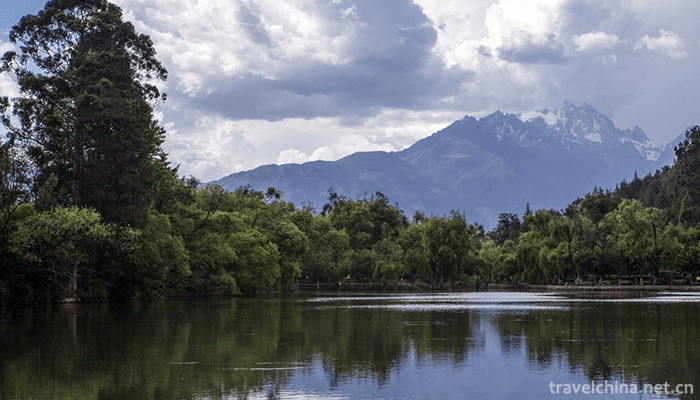
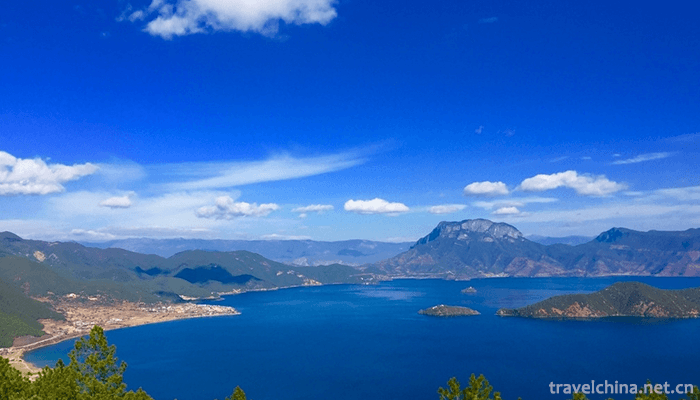
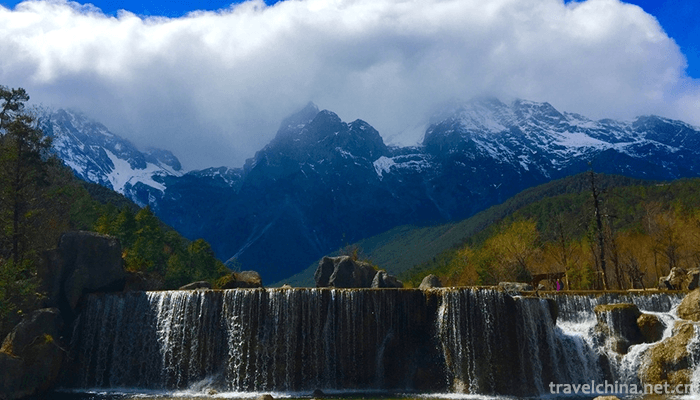
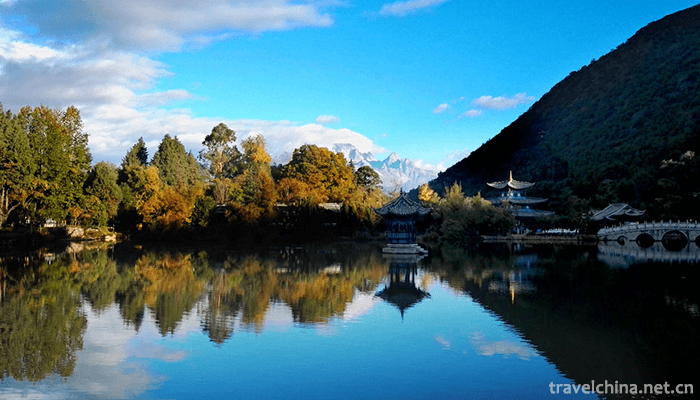
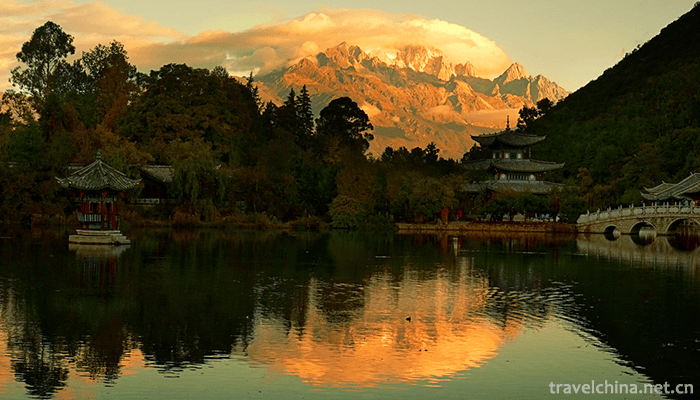
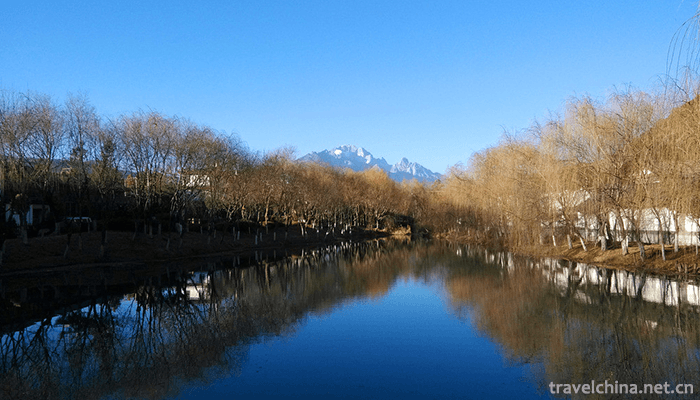
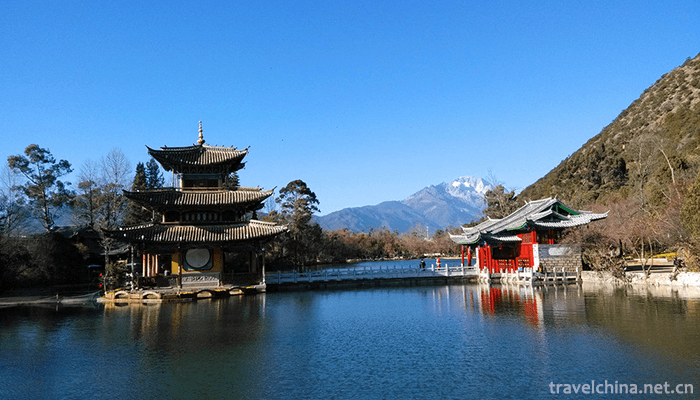
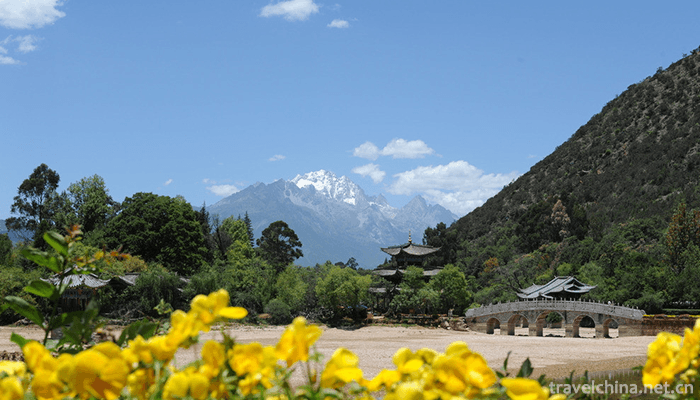
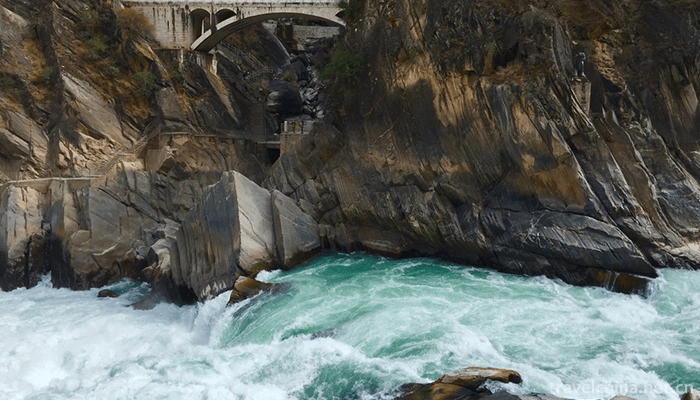
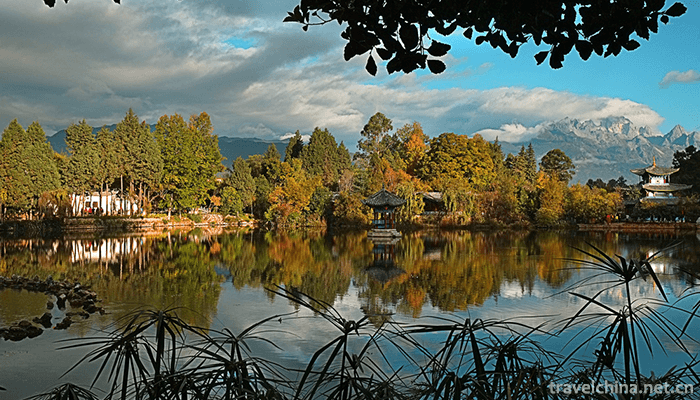
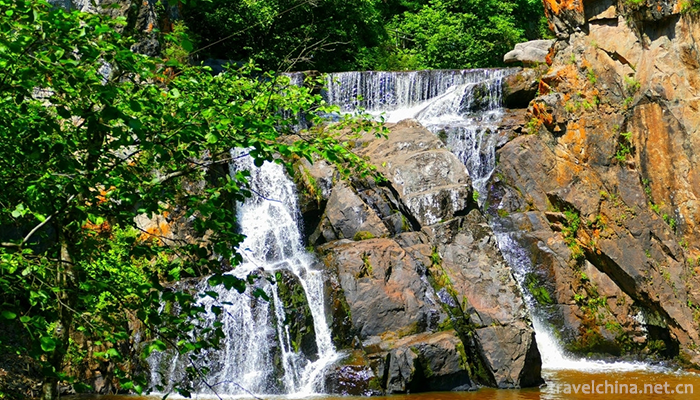
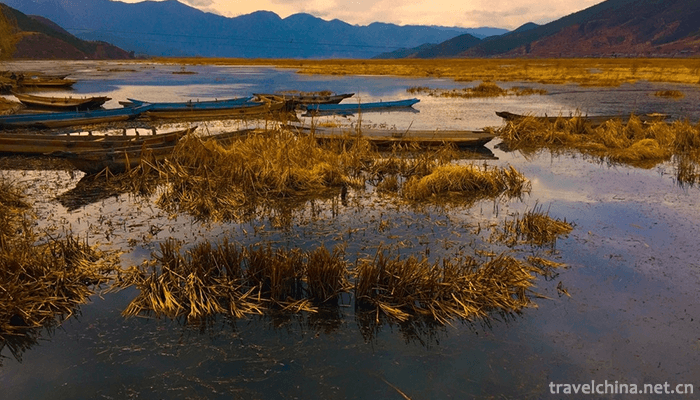
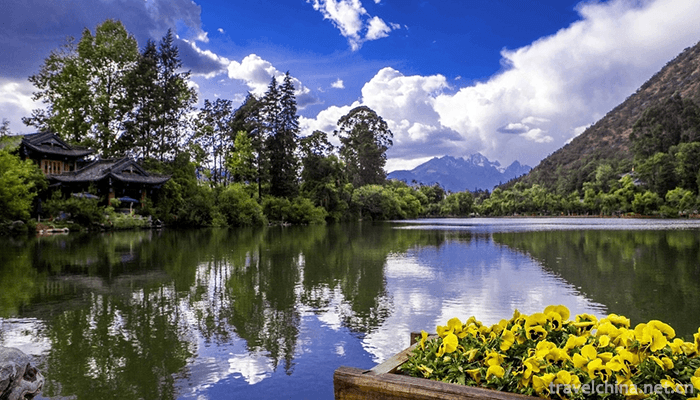
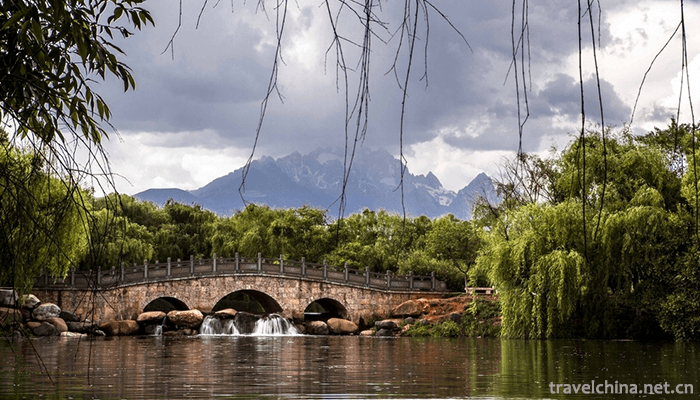
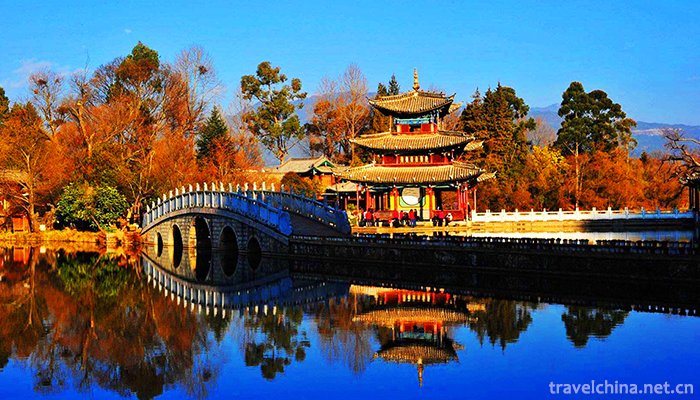
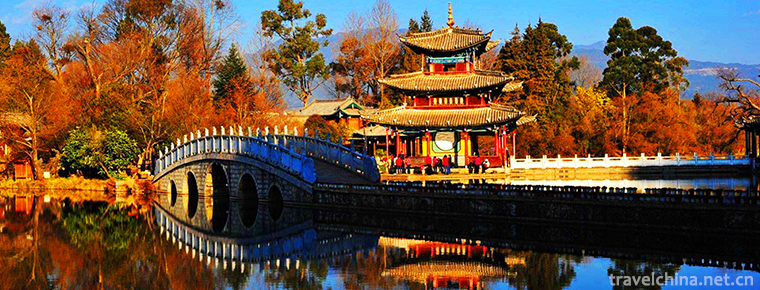
Lijiang Heilongtan Scenic Area
-
Old Beijing fried Morchella
The most famous famous food in Beijing is old Beijing tripe and Beijing roast duck. As for the oldest and most prosperous snacks in Beijing, belly burst is definitely the best among them.
Views: 196 Time 2018-10-27 -
Qianfoya Scenic Spot
Guangyuan Qianfoya is the largest grotto group in Sichuan Province. The statues of cliffs began in the Northern Wei Dynasty. After nearly 1500 years, the cliffs, which are 45 meters high and 200 meter
Views: 131 Time 2018-12-26 -
Daqing Oilfield History Exhibition Hall
Daqing Oilfield History Exhibition Hall is the first original Memorial Hall in China with the theme of petroleum industry, and it is a cultural relic protection unit in Heilongjiang Province.
Views: 167 Time 2019-01-07 -
Legend of Biashla
Biashraze, also known as Ashraze, is the most representative Bimo Master of the Yi nationality. The legend of Ashraze has become divine through oral transmission and artistic processing of language
Views: 150 Time 2019-04-04 -
Chagan Sulide Festival
Sulide, in Mongolian, has the meaning of auspiciousness, loftiness, harmony, unity and harmony. The sacrifice of Chagan Sulide is the natural worship of the universe of heaven and earth gradually form
Views: 123 Time 2019-04-15 -
Production Techniques of Silk in Chengdu
Silk is the most distinctive traditional gold and silver handicraft of the Han nationality in Chengdu. This metal craft has a history of more than 1700 years. It has reached a very high artistic level
Views: 240 Time 2019-04-18 -
Linxia brick carving
Linxia brick carving (also known as Hezhou brick carving) is a practical art closely combined with buildings. Linxia brick carving matured in the Ming and Qing dynasties, and in modern times it absorb
Views: 127 Time 2019-05-13 -
Construction Techniques of Luling Traditional Dwellings
The traditional wooden structure construction technique is an ancient traditional handicraft of the Han nationality. The traditional architecture of the Han nationality is a building system with woode
Views: 296 Time 2019-05-15 -
March 3 She Nationality
March 3rd is the traditional festival of She nationality. Every year in this festival, a grand song is held, and ancestors worship Valley God, singing and dancing. It is very lively. In addition, we h
Views: 208 Time 2019-06-14 -
Construction Techniques of Tujia Diaojiao Building
Tujia hanging-feet building construction skills, Hubei Xianfeng County, Hunan Yongshun County, Chongqing Shizhu Tujia Autonomous County, local traditional skills, one of the national intangible cultur
Views: 162 Time 2019-06-23 -
Longmenshan earthquake site park
This entry is lack of information column, supplement the relevant content to make the entry more complete, but also can quickly upgrade, come on! The site earthquake park includes the widely spread ruins of Xiaoyudong bridge
Views: 196 Time 2020-11-05 -
Animal resources in Yibin
There are nearly 1000 species of vertebrate resources in Yibin City. Among them, there are 70 species of mammals in 23 families; 306 species of birds in 16 orders, 46 families; 34 species of reptiles in 2 orders, 9 families; 29 species of amphibians; and 151 spe
Views: 369 Time 2020-12-18
